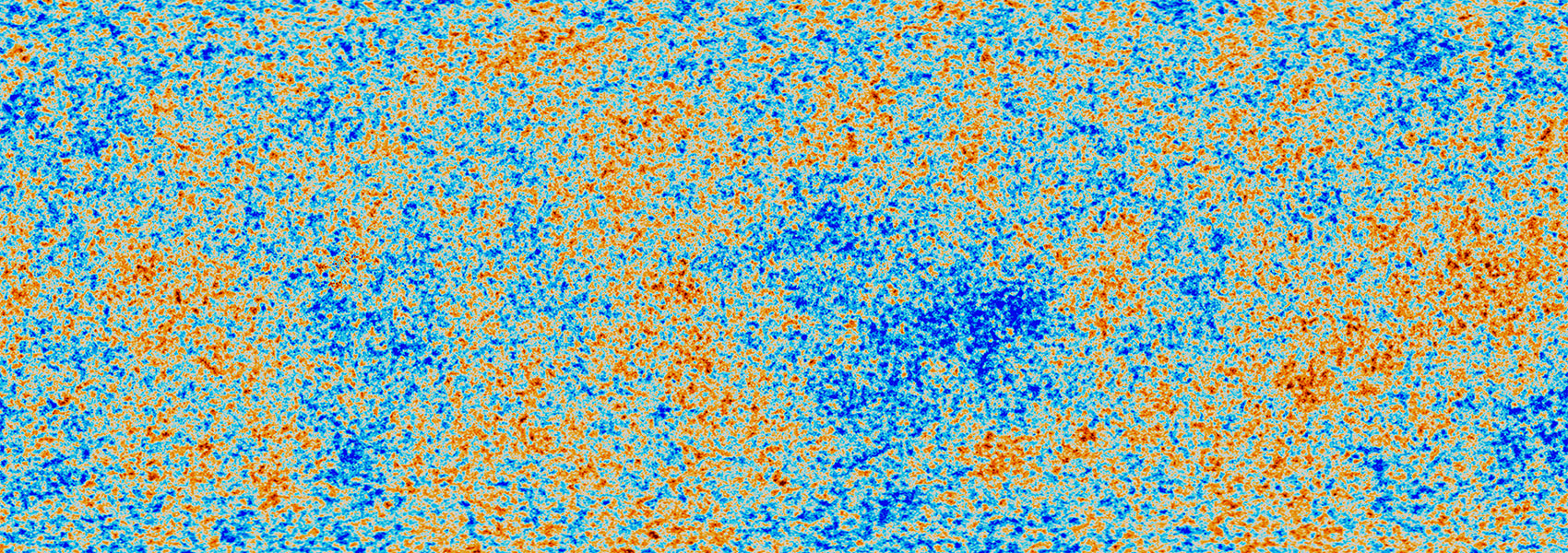November
2007
•
2007ApJ...670..173D
Authors
•
Daddi, E.
•
Alexander, D. M.
•
Dickinson, M.
•
Gilli, R.
•
Renzini, A.
•
Elbaz, D.
•
Cimatti, A.
•
Chary, R.
•
Frayer, D.
•
Bauer, F. E.
•
Brandt, W. N.
•
Giavalisco, M.
•
Grogin, N. A.
•
Huynh, M.
•
Kurk, J.
•
Mignoli, M.
•
Morrison, G.
•
Pope, A.
•
Ravindranath, S.
Abstract
•
Approximately 20%-30% of 1.4<~z<~2.5 galaxies with KVega<22 detected with Spitzer MIPS at 24 μm show excess mid-IR emission relative to that expected based on the rates of star formation measured from other multiwavelength data. These galaxies also display some near-IR excess in Spitzer IRAC data, with an SED peaking longward of 1.6 μm in the rest frame, indicating the presence of warm dust emission usually absent in star-forming galaxies. Stacking Chandra data for the mid-IR excess galaxies yields a significant hard X-ray detection at rest-frame energies >6.2 keV. The stacked X-ray spectrum rises steeply at >10 keV, suggesting that these sources host Compton-thick AGNs with column densities NH>~1024 cm-2 and an average, unobscured X-ray luminosity L2-8keV~(1-4)×1043 ergs s-1. Their sky density (~3200 deg-2) and space density (~2.6×10-4 Mpc-3) are twice those of X-ray-detected AGNs at z~2, and much larger than those of previously known Compton-thick sources at similar redshifts. The mid-IR excess galaxies are part of the long sought after population of distant heavily obscured AGNs predicted by synthesis models of the X-ray background. The fraction of mid-IR excess objects increases with galaxy mass, reaching ~50%-60% for M~1011 Msolar, an effect likely connected with downsizing in galaxy formation. The ratio of the inferred black hole growth rate from these Compton-thick sources to the global star formation rate at z=2 is similar to the mass ratio of black holes to stars in local spheroids, implying concurrent growth of both within the precursors of today's massive galaxies.
Links
-
PREPRINT
http://arxiv.org/abs/0705.2832
-
ELECTR
https://doi.org/10.1086%2F521820
-
SIMBAD
http://simbad.u-strasbg.fr/simbo.pl?bibcode=2007ApJ...670..173D
-
PDF
https://stacks.iop.org/0004-637X/670/173/pdf
-
DATA
https://cda.harvard.edu/chaser?obsid=441,580,581,582,957,966,967,1431,1671,1672,2232,2233,2234,2239,2312,2313,2344,2386,2405,2406,2409,2421,2423,3293,3294,3388,3389,3390,3391,3408,3409
-
DATA
https://irsa.ipac.caltech.edu/bibdata/2007/D/2007ApJ...670..173D.html



